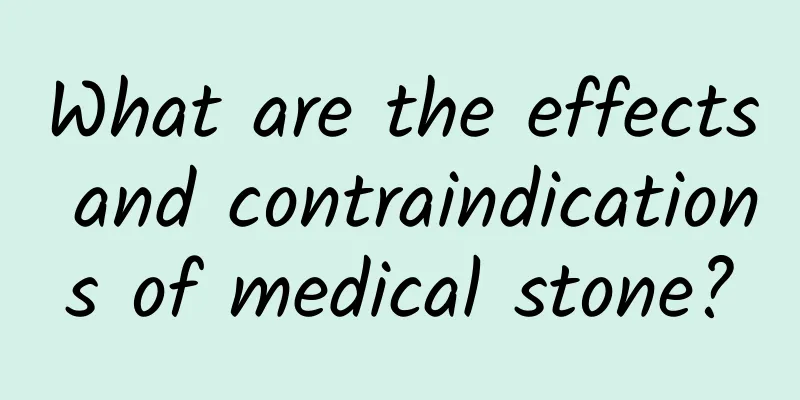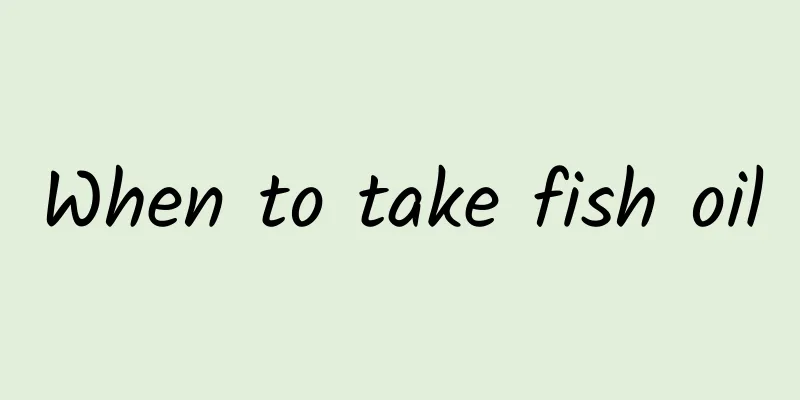What are the effects and contraindications of medical stone?

|
Although medical stone is a kind of rock, it is rich in trace elements such as sodium, potassium, calcium, magnesium, etc. needed by the human body. Therefore, if medical stone can be used correctly, it can help yourself replenish these substances and effectively solve the influence of some diseases to achieve better results. However, when understanding its effects, we should not ignore some possible taboos of medical stone, especially pregnant women should not use it blindly. Medical stone is a natural monzonite porphyry stone with biological and medical effects. It is light yellow or gray in color and is named because it looks like a ball of wheat rice. It is a collection of various minerals, containing the major elements necessary for the human body, such as potassium, sodium, calcium, magnesium, and phosphorus, and eighteen trace elements such as zinc, iron, selenium, copper, strontium, iodine, fluorine, and orthosilicic acid. It is mainly composed of plagioclase and potassium feldspar, followed by quartz, amphibole, biotite and by-product phosphate. Under normal conditions, the contents of four trace elements (orthosilicic acid, Sr, Zn, F) in medical stone dissolution liquid reach or are close to the national standards for drinking mineral water. In ancient times, "Compendium of Materia Medica" recorded that "medical stone is sweet and warm in nature and non-toxic." It is said that medical stone is the "magic stone", "longevity stone" and "health stone". Modern scientific analysis has proved that medical stone is rich in various elements, has biological activity, can improve the body's physiological functions and regulate acidity and alkalinity in both directions; it can strongly absorb toxic and harmful substances in water and odors in the air, and can dissolve a variety of trace elements. It is a natural source of nutrition. Nowadays, medical stone has been widely used in countries and regions such as Japan, South Korea, and Southeast Asia. Through an electron microscope, you can see that medical stone has many holes. This is one of the appearance characteristics of medical stone. The surface area of one gram of medical stone reaches several hundred square meters, which is 20,000 times that of the same amount of activated carbon. (Medical stone contains a large amount of zircon, which can release far-infrared rays that are beneficial to the human body. The far-infrared radiation rate at room temperature is >0.88~0.92, and the antibacterial rate (Escherichia coli, Staphylococcus aureus) at room temperature is >90%.) If you take a grain of medical stone from the 325-mesh fine powder and observe it under an electron microscope, you can see its coral reef or sponge-like porous structure. Medical stone is porphyritic andesite or andesite porphyry, which is a component of andesite with obvious porphyritic structure. The main phenocryst minerals are plagioclase and secondary mafic minerals (such as pyroxene and hornblende). The colors are gray, dark gray, light green and even gray-red. The mineral water filtered through the medical stone rock layer is called medical spring. Since medical stone is used in Chinese medicine to relieve pain, discharge pus, and heal wounds, some people claim that medical stone has the function of preventing diseases and aging. After understanding the above content, you should now know the effects and contraindications of medical stone, right? In normal times, we should also pay attention to having a more scientific understanding of these health care common sense, which will help treat and solve some diseases in the body and reduce more adverse effects and hazards. |
<<: What are the effects and functions of Qingtiankui
>>: Are maca and maca the same?
Recommend
Why do your glasses reflect light when you take photos?
Produced by: Science Popularization China Produce...
The effect of drinking Ganoderma lucidum and American ginseng in water
Everyone may know that Ganoderma lucidum and Amer...
Releasing the scavengers? This is not accumulating merit, it is committing sin
Recently, a piece of news about "releasing s...
Is burdock expensive?
Many people don't know what burdock is, nor d...
The efficacy and function of Corydalis
Corydalis is a very common Chinese medicine in ou...
How did a 100-meter tower crane grow taller?
In our daily life, we often see tower cranes bein...
What are the effects of broken wall pine pollen?
The effects of broken wall pine pollen are very w...
Chuanbei Loquat Syrup
In spring, because the weather is relatively dry ...
Smart eating in winter - cooking secrets to reduce salt without reducing flavor
The salt intake in the diet of Chinese residents ...
If you lean on people, they will run away. If you lean on trees, they will fall down. What about if you lean on the wall?
As the old saying goes, If you rely on people, th...
The efficacy and function of badger meat
Badger meat is a very common medicinal ingredient...
The protagonist of "The World" died of stomach cancer. What habits are harmful to the stomach? What should we do to prevent stomach cancer?
The protagonist of the hit TV series "The Wo...
The Taklimakan Desert is getting wetter! Why is rainfall in southern Xinjiang becoming more frequent?
On August 27, the topic #新疆塔克拉玛干漠发Flood# ranked f...
Effects of Norfloxacin Capsules
Medicines are everywhere, especially in the home,...
The efficacy and function of triangle wind
Triangle wind is a kind of traditional Chinese he...









